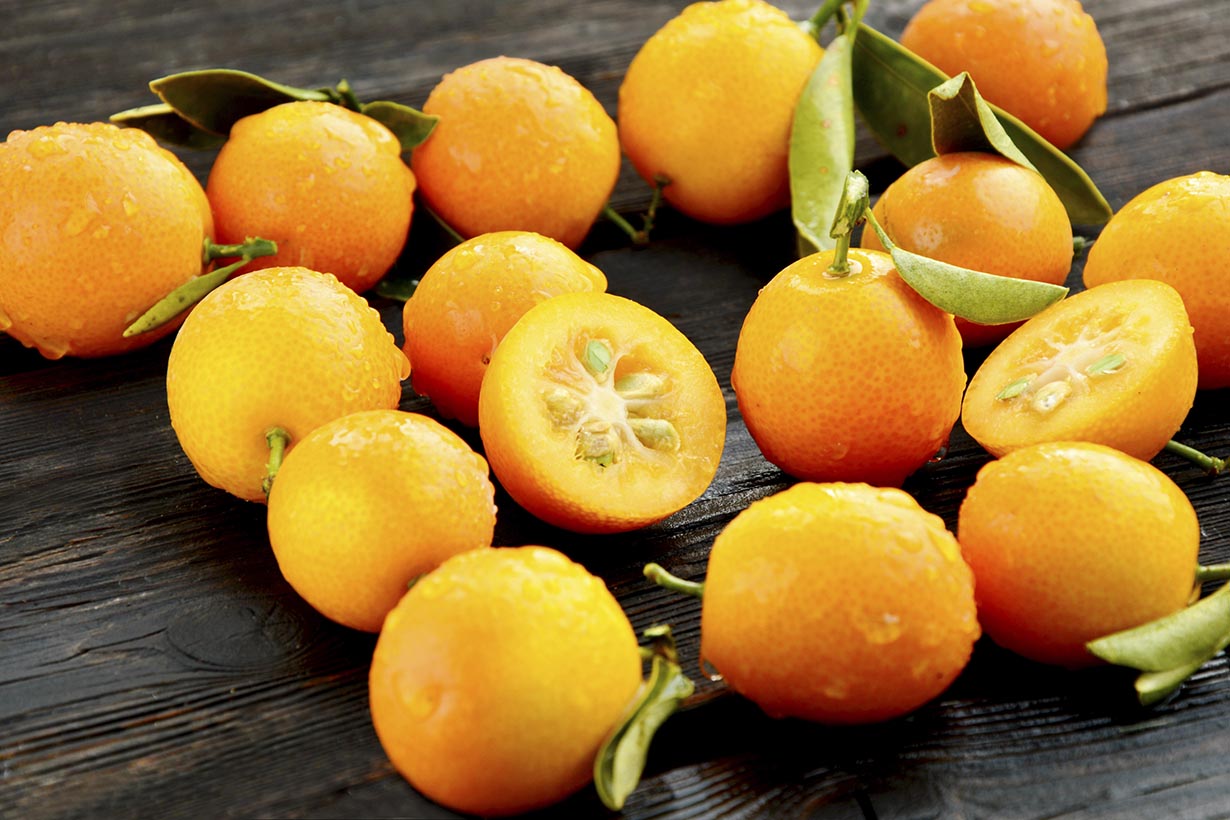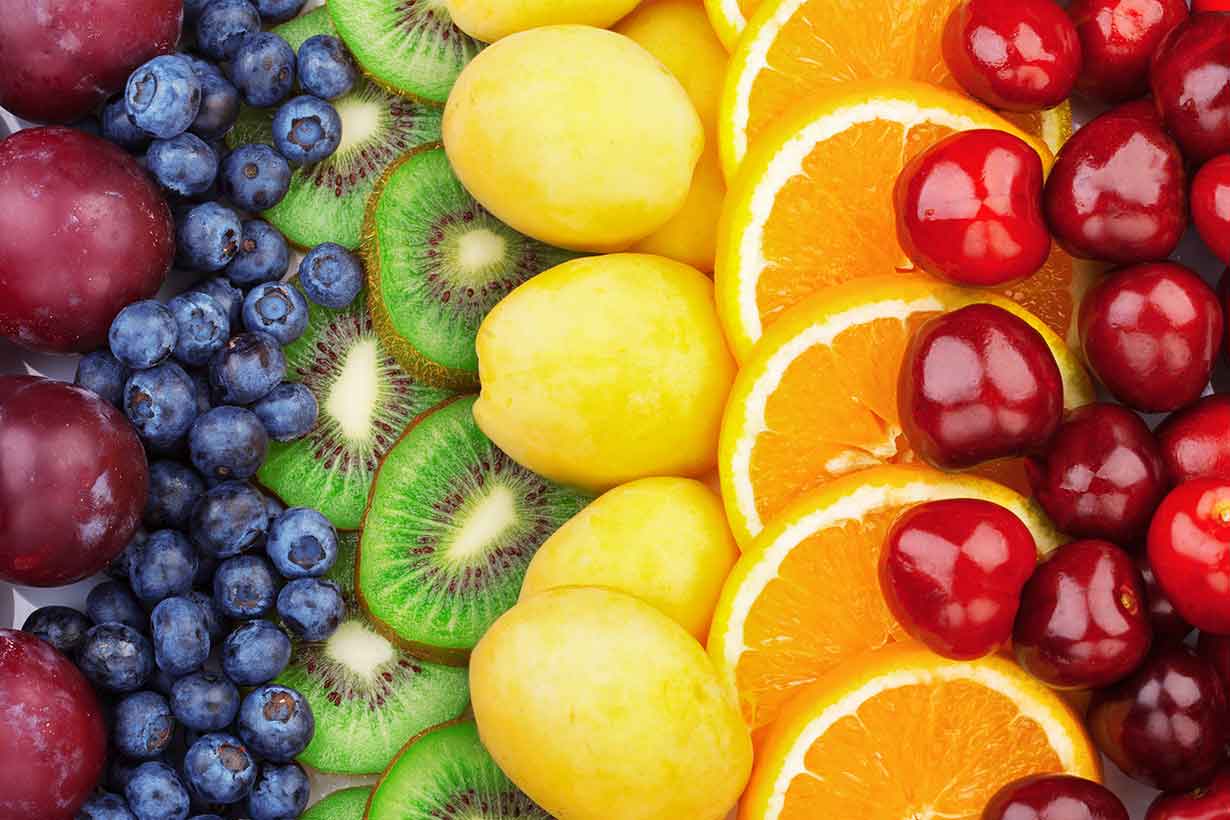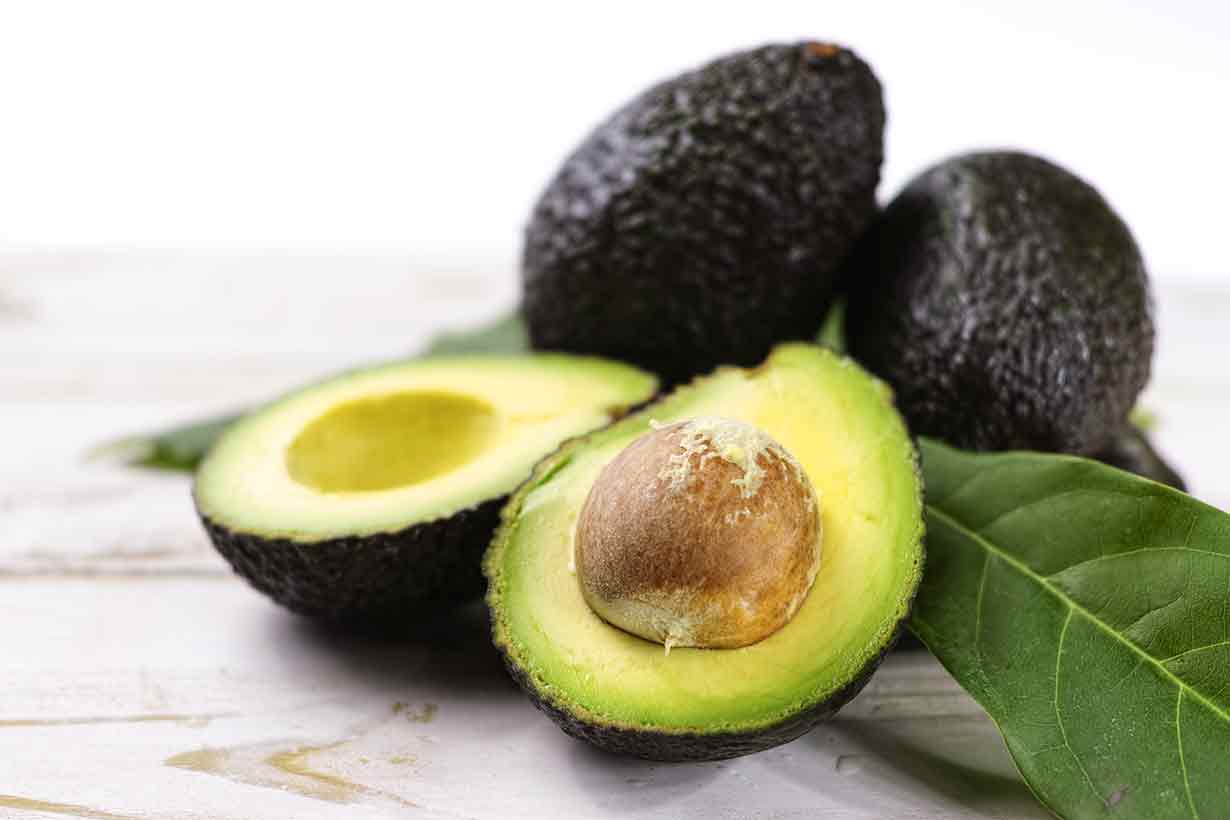
Kumquats are small citrus fruit that look like baby oranges.
However, that is where most of the similarities end and the fruit has some big differences.
This article will provide a complete guide to the kumquat fruit.
Specifically, the fruit’s key characteristics, nutritional profile, health benefits, and how we can use it.
What Is a Kumquat?
The kumquat (citrus japonica) is a small citrus fruit; it is the fruit of a flowering plant named the kumquat tree.
It belongs to the citrus family of fruit, which includes grapefruit, lemon, lime, oranges, and pomelo.
The name ‘kumquat’ is of Chinese origin, and it has the literal meaning of “golden orange”.
Just like the name, the fruit’s origin lies in East Asia too, and it is native to China, Japan, Korea, and Taiwan.
However, the fruit has been cultivated in the United Kingdom (and North America soon after) since the year 1846 (1).
East Asians have enjoyed the refreshing taste of kumquats for centuries. Also, traditional Chinese medicine values the fruit for treating sore throats and coughs.
While not a true orange botanically, kumquat is often thought of as a type of orange.
Appearance and Taste
Kumquats look very similar to the common orange, but they are much smaller in size, and slightly oval/oblong in shape.
All in all, their size is more comparable to a cherry tomato.
Kumquats have a bright orange/golden color when they are fully ripe, but they are green in their unripe (and extremely bitter) state.
When fully ripe, their flesh is still very tart. It is more acidic and less sweet than oranges – a key difference between the two.
Kumquats contain seeds too; these seeds are edible and perfectly fine to eat, but they have a bitter taste.

How To Eat Kumquats
When first faced with the fruit, many people wonder “how can I peel it?”.
The answer?
You don’t need to!
Perhaps the most interesting thing about kumquats is that they have an edible peel.
The peel is also the sweetest part of the fruit, so there is a tasty contrast between sweet (peel) and sour (flesh).
This also means that you can just eat a kumquat whole. They’re a bitesize fruit, and you can eat them in one bite.
Nutrition Profile
Like most citrus fruits, the predominant health reason to eat kumquats is that they are a good source of vitamin C.
Here are the full nutritional values of the fruit per 100g (2);
Calories and Macronutrients
- Calories: 71 kcal
- Carbohydrate: 15.9 g
- – Fiber: 6.5 g
- – Sugar: 9.4 g
- Fat: 0.9 g
- Protein: 1.9 g
Micronutrients (% RDA)
- Vitamin C: 73%
- Manganese: 7%
- Calcium: 6%
- Vitamin A: 6%
- Vitamin B2: 5%
- Iron: 5%
- Magnesium: 5%
- Potassium: 5%
- Copper: 5%
- Folate: 4%
- Vitamin B1: 2%
- Vitamin B3: 2%
- Phosphorus: 2%
- Vitamin B6: 2%
- Vitamin B5: 2%
- Zinc: 1%
- Vitamin E: 1%
Polyphenols
Like all plant foods, kumquats contain phytonutrients.
Some specific polyphenol groups in the fruit include;
- Chalcones
- Flavones
- Flavanones
- Flavonols
- Phenolic Acids
Additionally, tests show that kumquat peel is exceptionally high in polyphenols (3).
Polyphenols were once believed to act directly as antioxidants inside the body to fight inflammation and oxidative stress.
However, recent research suggests they help with signaling systems and may work by up-regulating our body’s natural antioxidant systems (4, 5).
Health Benefits of Kumquat Fruit

Kumquats have a range of benefits, mainly in regard to their fiber, vitamin C and polyphenol content.
Here is a summary.
1. Kumquats Are High in Vitamin C
Kumquats provide 73% of the RDA for vitamin C per 100g.
As a result, they provide close to the recommended daily amount of the vitamin.
Vitamin C is a water-soluble compound that has all kinds of important functions in the body, including (6, 7);
- Vitamin C acts as an antioxidant in vitro (tests outside of a living body) and may play the same function in the body.
- Enhances iron absorption.
- Plays a role in regulating the immune response to infections.
- Promotes bone function and healthy gums.
- Vitamin C has a key role in the absorption of a dietary cholesterol through conversion to bile acids.
2. Kumquats Are High in Fiber
The edible peel of a kumquat is very rich in fiber.
Since we eat the whole fruit – skin and all – we consume more fiber than we would if we only ate the flesh.
By comparison, a similar fruit, the orange, contains only 2.4g fiber per 100g.
The kumquat provides 6.5g fiber per 100g – nearly 300% more fiber by weight (8, 2).
Fiber content is particularly important in fruit, and it is why whole fruit beats fruit juice when it comes to health.
For one thing, the amount of fiber present helps to attenuate the rise in blood-glucose levels from the fructose content of the fruit (9).
For more on the fiber content of different fruits, see here.
3. Kumquats Are a Rich Source of Polyphenols
As discussed earlier, kumquats are high in polyphenols, particularly in their edible peel.
This includes polyphenol classes such as flavonols and phenolic acids.
Two specific compounds we can find in kumquats are naringin and gallic acid (10).
These two polyphenols have a range of research behind them that suggest they may provide several health benefits.
For instance, studies show that gallic acid may be cardio-protective for diabetic patients and it also helps to inhibit the formation of AGEs (11, 12).
Regarding naringin, studies demonstrate that consumption of the compound reduces adverse markers of the metabolic syndrome.
Additionally, a systematic review suggests that naringin protects against oxidative stress-induced neurological disorders (13, 14).
4. Kumquat Peel Contains Essential Oils
The essential oils within kumquat peel contain a range of bioactive chemical compounds.
Among these compounds, the concentrations of limonene, myrcene, carvone, and camphene are especially high.
Notably, studies demonstrate that this essential oil has anti-microbial and anti-inflammatory properties, and it inhibited food-borne bacteria in clinical experiments (15, 16).
However, the amounts present in fruit are smaller than concentrated oils used in studies, so take this with a pinch of salt.
Are Kumquats a High-Sugar Fruit?
First of all, there is nothing to fear about fruit sugars in moderation.
However, for people following very low carb diets, the kumquat is reasonably low in fructose.
Per 100g, it contains 9.4g net carbohydrate (2).
For those unaware, net carbohydrate is the total amount of non-fiber (and therefore non-digestible) carbs.
Here is how the kumquat’s carbohydrate content compares to other fruits per 100g (2, 17, 18, 19, 20);
| Fruit | Total Carbs | Fiber Carbs | Net Carb Total |
| Banana | 22.8 g | 2.6 g | 20.2 g |
| Blueberries | 14.5 g | 2.4 g | 12.1 g |
| Kumquat | 15.9 g | 6.5 g | 9.4 g |
| Orange | 12 g | 2.4 g | 9.6 g |
| Strawberries | 7.7 g | 2.0 g | 5.7 g |
As you can see from the above table, kumquats are not the lowest carb fruit around, but they’re far from the highest.
Growing a Kumquat Tree At Home?
Depending on your location, kumquats are not the easiest fruit to find. However, it’s fairly easy to grow them yourself at home.
Unlike other citrus fruits, kumquat trees can survive reasonably cold winters.
Specifically, if the winter temperature stays above -8°C they should be able to grow without problems.
Despite this, unless you’re looking for a long-term project, it’s probably better not to plant your own kumquat seeds.
For one thing, it can take up to 10 years for the tree to first bear fruit!
Fortunately, it’s easy to get an already fruit-bearing tree from a local nursery, and there are some online options too.
One of the best things about growing kumquat trees is that they produce fruit almost all year round.
Kumquat Recipes
In addition to eating kumquats in their whole form, they are quite adaptable and can be used in a range of different recipes too.
Here are a few things that you can do with them;
1. Kumquat Chicken

Roasted chicken with kumquat is a delicious recipe that uses the sweet and sour taste of the fruit to give the chicken more flavor.
First, add the chicken to the roasting tray and squeeze some fresh kumquat juice onto the chicken.
Secondly, fill the roasting tray with slices of kumquat, cherry tomatoes, basil, rosemary, and any other vegetables you enjoy.
Roast in the oven as normal and the chicken will absorb all sorts of flavors from the citrus fruit and herbs.
The Chinese enjoy sweet and sour pork, but this one’s a (much healthier) sweet and sour chicken!
2. Kumquat Tea

Kumquat tea is a traditional but sugar-laden preserved Taiwanese beverage.
However, if you want to try it without the extra sweetness, then you can make your own version of the citrus tea.
All you have to do is chop three or four kumquats into slices and put them in the bottom of your cup.
Boil some water, and pour it in – simple.
While it may not be as easy to drink as the traditional version of the tea, it still tastes good, and it’s much healthier too.
If you find the taste a little bit too sour, then you can always sweeten with your sweetener of choice.
It’s also a nice replacement for orange juice for those who want a vitamin C-rich drink without the high sugar content.
3. Kumquat Salad
A contrast in taste always helps things taste better, so the slightly sweet and sour nature of kumquats works well in a salad.
First of all, you could just make your own preferred choice of meat-based salad and add some kumquats into it.
Otherwise, you could make a kumquat salad as a side for your main dish.
For this, just prepare some leafy greens of your choice, add half an avocado, some chopped kumquats, cherry tomatoes, olive oil, balsamic vinegar, salt and pepper.
Salad can often be kind of boring, but this combination is quite tasty, and it goes well with a main dish of roast beef or chicken.
4. Kumquat Cocktail Mixer

Celebrating a special occasion?
Perhaps a birthday or a New Year’s party?
For those who enjoy the occasional alcoholic drink, these can be good occasions to sample a cocktail.
Due to it’s sour but sweet flavor, the kumquat is an ideal fruit for making one of these drinks.
Here’s how to make a simple one;
- 4 Kumquat fruit
- 1 shot of whiskey
- 150 ml of soda water
- 2 large basil leaves
- Ice (to taste)
First of all, blend two of the kumquat fruit with soda water.
After this, cut the remaining two kumquats in half and add the four halves, the shot of whiskey, and basil leaves to the mixture.
Shake everything up, and then add to a glass with ice.
Final Thoughts
This citrus fruit is certainly unique, it has a few health benefits, and it’s adaptable in various recipes.
Unlike other citrus fruits, it also has a higher fiber to sugar ratio since we eat the peel.
If you haven’t tried it before, then it might be worth trying a kumquat.










Can I make a marmalade with kumquats?
I don’t see why not! Should be just the same as making one from oranges or lemons, and it looks like there are a few recipes online too.